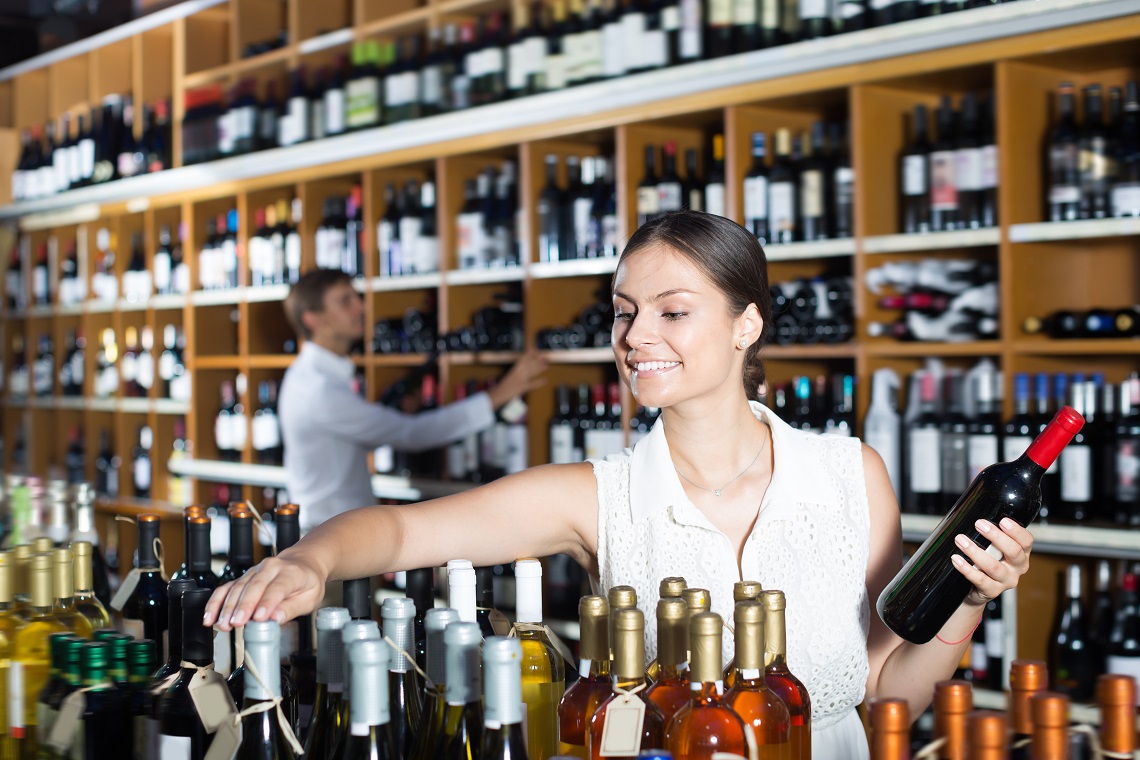As the world lives through the unprecedented circumstances of the COVID-19 pandemic, our society has gone through many changes that will continue to impact the way we do things for months and possibly years to come.
Analysing these changes and their immediate implications, Strikeforce has developed predictions about what retail may look like as we move into a new normal after the pandemic.
Some of the most notable changes affecting retail throughout the pandemic so far have been sharp rises and drops in sales of certain categories fuelled by panic buying, supply chain pressures, and a shift in consumer habits based on social restrictions. Combined, these changes created what Strikeforce calls “mixed messaging for liquor,” as different data points show high and low points in the market.
Overall, Strikeforce said that: “The likelihood is for a gradual economic recovery over the next three or four quarters, with the caveat that if infections spike as a result of the easing of restrictions, the recovery will likely stall as harsher social distancing measures are re-introduced.”
What will this recovery look like? Analysing different areas can give us a clearer picture.
Immediate implications
A period of panic buying in supermarkets and liquor stores of Australia caused a noticeable shift in consumer preference for more economical pack sizes. In supermarkets, this saw pack sizes increase in some categories, with catering-quantity amounts available at huge discounts on the shelves. As a result, some other traditional retail brands and sizes became at risk of losing their spot on the shelf.
Although the exact same situation cannot be said for liquor, it does raise the fact that brand presence is critical to both holding existing shoppers and attracting new ones. As Strikeforce said: “A sound strategy supported by in-store executional excellence will be the key to winning back lapsed buyers and encouraging trial.”
Changed shopper habits too has identified a need to rethink range assortment, price promotions, promotional mechanics, planograms and space and brand activations, as consumer priorities evolve alongside COVID-19 guidelines.
“The biggest impact however will be on the supply chain. The new hierarchy of needs means that historical ordering patterns and space required to store and ship goods will alter, significantly in some cases. Suppliers that forward plan with a sound implementation strategy to take advantage will do well,” Strikeforce said.
Future predictions
While it’s predicted that many key areas of retail and brand activity will return to almost the same points as before the pandemic, Strikeforce predicts some lasting effects that will characterise life in a post-COVID-19 world.
- Shoppers will gravitate towards trusted brands.
Panic buying and uncertainty caused many consumers to change their brand habits, but brand loyalty is expected to return as things become more normal. There is comfort in familiarity, and Strikeforce expects a return of most consumers to their trusted brands, driven by promotional activity, activations and on shelf availability.
- Reassessment of value.
The value proposition pre-pandemic was different for every individual, however now is largely related to price as shoppers stretch limited budgets. Suppliers, retailers and brands will need to work hard to entice any lapsed buyers back, should their value proposition have changed.
- Time for reflection.
Life slowed down for most during lockdown, giving time for people to reassess what matters most. Social connections and the wellbeing of loved ones has been the most prevalent need as of late, and Strikeforce said: “Brands that authentically deliver on this desire will find a place in the evoked set of many more shoppers.”
- Local variety.
Being at home much more often has forced more people into their immediate communities and developed a desire to support local businesses at the same time. Although over time Strikeforce predicts there will be a gravitation back to larger shopping mall formats, there will also be increased focus on local retailers and producers.
- Entrepreneur haven.
“Bold and innovative entrepreneurs will be front and centre to facilitate positive outcomes,” said Strikeforce, describing the rising success of solution driven products. Taking opportunities for innovation will put organisations in the best position to capitalise on pandemic changes.
- Price fluctuations.
With exports of many products and categories dropping, prices too are expected to fluctuate as producers and suppliers seek alternate avenues. Strikeforce predicts locally produced product prices to fall, while imported product prices may rise.
Accelerating availability.
Strikeforce said that: “convenience online shopping and home delivery services will continue to flourish and prosper” beyond COVID-19. This necessitates traditional bricks and mortar retailers to think about changes they make now on a longer term timeline, to adapt and stay relevant to consumers.
- Liberal shopping hours.
Longer trading hours were already starting to be prevalent pre-pandemic, however as life returns to normal, consumers are predicted to push for longer hours further, wanting to avoid crowded aisles and maintain social distancing. Strikeforce said: “The move towards more liberal trading hours will create challenges for supply chains and on-shelf availability but will be a necessity to ensure access to food and medicine suppliers. Increased levels of support will be needed to sustain supply chain and stock on shelf.”
Based on these predictions, Strikeforce has also raised the following recommendations:
- Keep a sharp eye on developments – don’t assume things will return to how they were before COVID-19. Always be watching for changes.
- Reassess priorities – your brand needs to adapt to changed shopper behaviour, or risk losing relevance.
- Brand messaging needs to “comfort” shoppers – in-store activation excellence that resonates with what a consumer is currently experiencing will drive sales.
- Seamless delivery is mandatory – the most successful brands and retailers will need to provide an end-to-end solution.

